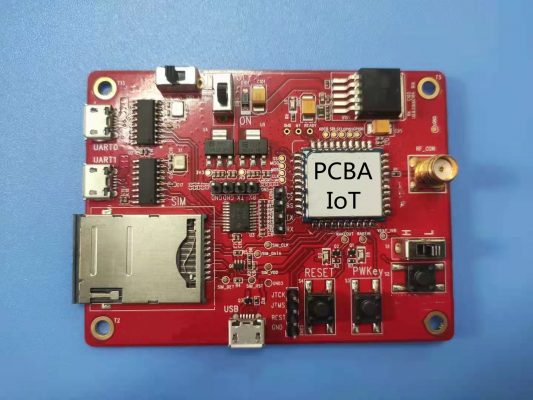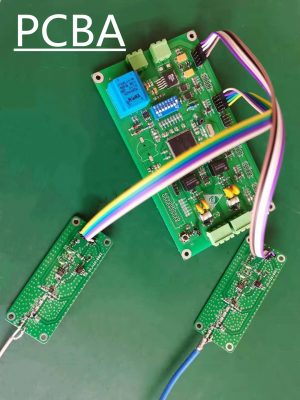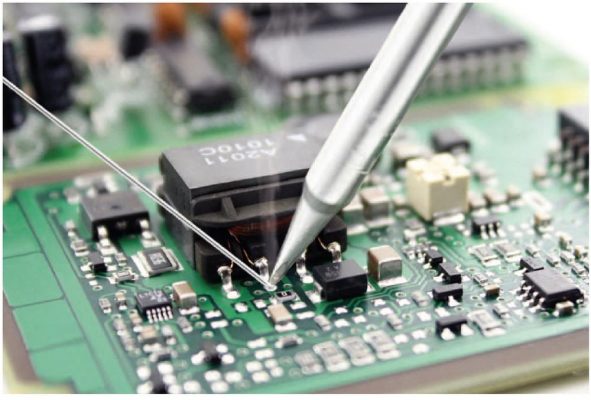1.Improve the temperature and time of soldering
The intermetallic bond between copper and tin forms crystal grains. The shape and size of the crystal grains depend on the duration and strength of the temperature during soldering. Less heat during soldering can form a fine crystalline structure and an excellent soldering point with the best strength. PCB Assembly reaction time is too long, whether it is due to long time soldering time or high temperature or both, which will lead to a rough crystalline structure (gritty and brittle) and whose relatively high shear strength turns small.

2.Reduce surface tension
The cohesion of tin-lead solder is even greater than that of water, so that the solder is spherical to minimize its surface area (under the same volume, the sphere has the smallest surface area compared with other geometric shapes to meet the needs of the lowest energy state) . The effect of the flux is similar to the effect of the cleaner on the grease-coated metal plate. In addition, the surface tension is also highly dependent on the cleanliness and temperature of the surface. Only when the adhesion energy is much greater than the surface energy (cohesion) can ideal adhesion occur. tin.

3.PCBA board dip tin corner
When the temperature of the eutectic point of solder is over 35°C , if a drop of solder is placed on a hot flux-coated surface, then a meniscus will be formed. To a certain extent, the ability of the metal surface to dip tin can be evaluated by the shape of the meniscus. If the solder meniscus has an obvious undercut edge, shaped like a drop of water on a greased metal plate, or even tends to be spherical, the metal is not weldable. Only the meniscus stretched to a size less than 30. It has good weldability at a small angle.
In the process of PCBA soldering to BGA, BGA solder balls will inevitably always produce some bubbles, which is the hollow of the solder balls. In the industry, there will be corresponding requirements for the acceptable standard of the bubble size of the solder ball.

